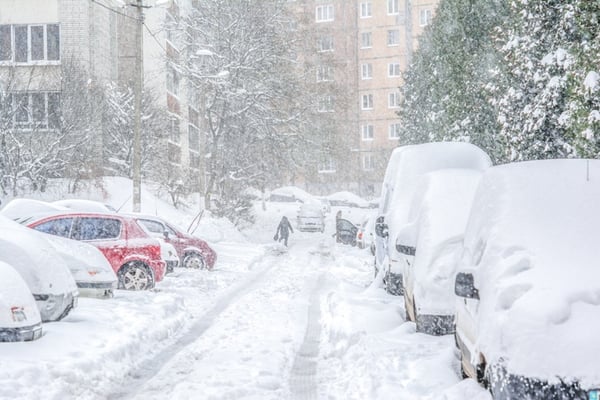
Between 1997-2016, winter storms cost more than $28 billion in losses. In 2017 alone, 356 people died in winter storms. The 2017-2018 storm season was especially brutal, and this year things are shaping up to be equally perilous.
It’s impossible to control Mother Nature, and storms will perennially be a part of winter. Storm preparedness, however, can greatly reduce the risk of casualties. An appropriate disaster response can save lives and property. Educating the people your agency serves can further reduce risk. Now is the time for your agency to assemble its winter storm preparedness plan. Here are five strategies for winter storm emergency preparedness:
Educate the Public
A few simple preparation strategies can save lives. Educate the community your agency services to do the following:
-
Have warm blankets and clothing ready.
-
Keep a blanket and a warm coat in the car.
-
Maintain a bag of water, food, and medication that can last 5-7 days.
-
Dress warmly and remain inside.
-
Do not try to move downed power lines.
-
Stay off of the roads.
-
Have a radio to listen for emergency information and alerts.
-
Use generators away from windows and only outside.
Develop an Emergency Evacuation Plan
Seniors and children are especially vulnerable during winter storms. Sometimes the safest option is to evacuate them from their homes to warming zones. Coordinate with local agencies to establish safe spaces to warm up, and then communicate this information to your community. This education should begin well before the first storm hits so that people know where to go when the time comes.
Likewise, work on coordinating an evacuation plan for people who must leave during storms. This requires the help of the DOT, local police, and other agencies. Then create fliers, pamphlets, email blasts, and social media posts so that everyone has easy access to your community’s evacuation plan.
Ensure Your Equipment Is Storm Ready
Can your ambulance drive on snow and ice? Do you have snow chains available? What about equipment that functions well in freezing weather? The specific steps you need to take to winterize your equipment depends on where you live and what equipment you use. The key is to ensure your equipment is ready, even in extreme conditions. Extreme conditions are, after all, when you are most likely to need your equipment to save lives.
Coordinate with Other Agencies
Inter-agency communication and coordination is critical during the winter months. A team of EMTs may need the assistance of the fire department, especially during power outages. The police may need to oversee some emergency responses. Work together to create a consistent, coherent disaster plan. You shouldn’t be making ad hoc decisions in emergencies.
Have the Right Equipment Available
It’s not enough to winterize your equipment; you must also ensure that it is ready to go. Cold temperatures and emergencies don’t mix well. They make it more difficult to think critically and move dexterously. Shaking hands and cold fingers are not particularly adept at connecting tubing and testing equipment.
Prepare your equipment now. Disposables and other accessories should be neatly organized and packaged with the machines that use them. Organize equipment according to what you use the most. Test everything according to the manufacturer's requirements. A freezing night is not the time to discover that you can’t find the tubing for your suction machine and therefore can’t clear the airway of a senior with pneumonia.
The right equipment works better and lasts longer, even in extreme temperatures and high-stress situations. The right suction machine is critical for protecting the airway during common winter emergencies. For help selecting the right suction machine for your agency, download our free guide here.













